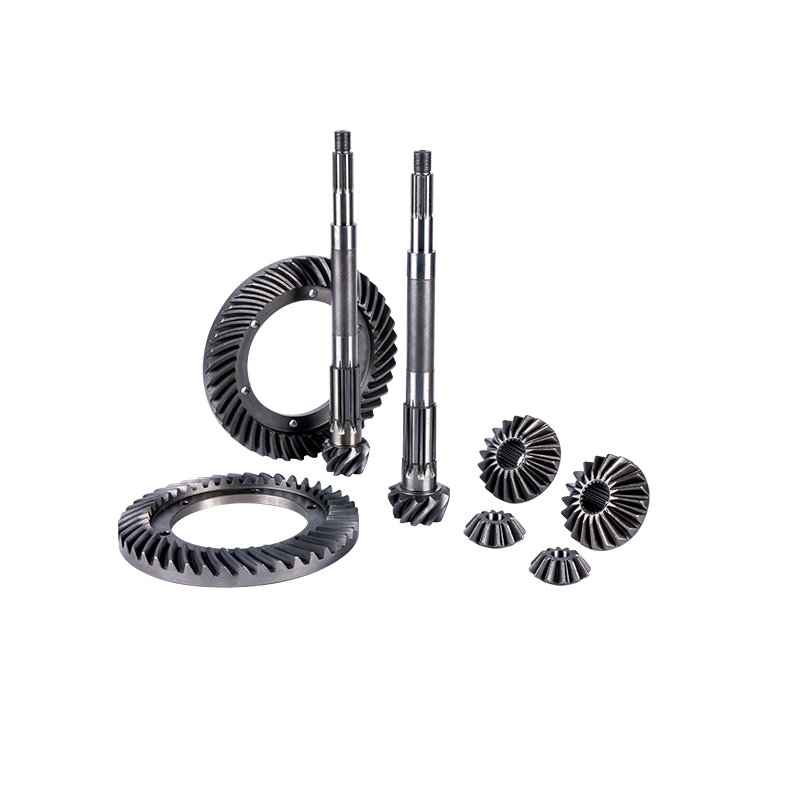Structural Characteristics of Fully Floating Half Shafts
The structure of the full-floating half-shaft is characterized by the fact that neither end of the half-shaft carries the weight of the wheel directly, but is supported by the hub and bearings. This design reduces bending stresses on the halfshafts, minimizing wear and prolonging service life. In addition, the design of the full-floating halfshafts allows for larger tires and higher load capacity, making them excellent for off-road and heavy-duty conditions.
The role of bevel gears
In a rear axle, the primary function of the bevel gear is to transfer power from the driveshaft to the wheels. The design and material selection of bevel gears directly affects their durability and performance. The use of high-strength alloy materials improves the bevel gear's wear resistance and load carrying capacity, thus maintaining stable performance under high load and high impact operating conditions.
Design Optimization
For the design of rear axle bevel gears, the use of new fixtures and optimized turning process can significantly improve the machining accuracy and stability of bevel gears. This optimization not only improves productivity, but also ensures the reliability and durability of the bevel gears in practical applications. Through the experimental comparison of different clamping methods, the study shows that the new fixture has excellent performance in terms of clamping speed, stability and accuracy, and is suitable for the production of rear axle gears.
In summary, the design of full floating half shaft combined with the application of high strength bevel gears can significantly improve the durability and performance of rear axle, and adapt to a variety of complex working environments.
